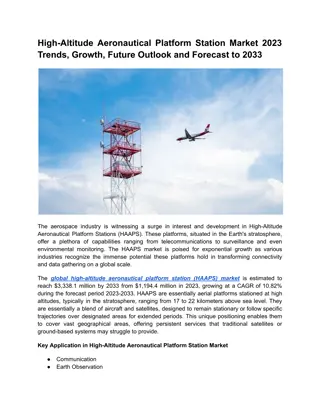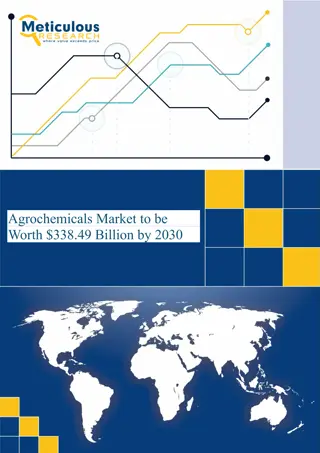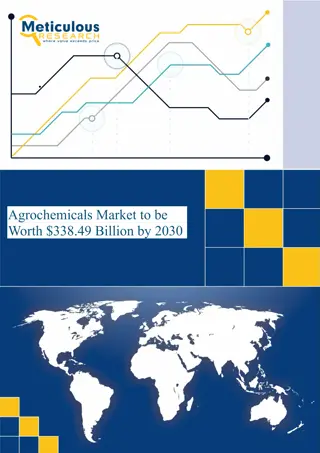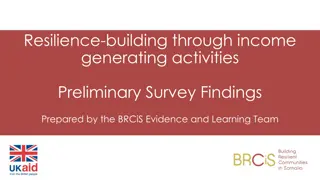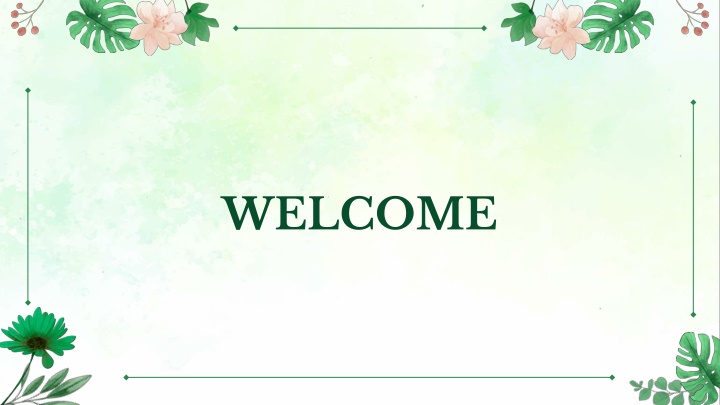
Literary and Religious Sources in Ancient Indian History
Explore the diverse literary and religious sources that provide insights into ancient Indian history. From Vedic Sanskrit to Buddhist texts, learn about the secular and religious literature shaping the narrative of the past. Discover the significance of epics like the Mahabharata and Ramayana, along with the Vedas and other sacred texts that offer a window into ancient Indian culture and society.
Download Presentation

Please find below an Image/Link to download the presentation.
The content on the website is provided AS IS for your information and personal use only. It may not be sold, licensed, or shared on other websites without obtaining consent from the author. If you encounter any issues during the download, it is possible that the publisher has removed the file from their server.
You are allowed to download the files provided on this website for personal or commercial use, subject to the condition that they are used lawfully. All files are the property of their respective owners.
The content on the website is provided AS IS for your information and personal use only. It may not be sold, licensed, or shared on other websites without obtaining consent from the author.
E N D
Presentation Transcript
BAJKUL MILANI MAHAVIDYALAYA ||,DEPARTMENT OF HISTORY(UG&PG) DEPARTMENT OF HISTORY(UG&PG) SACT SACT- -||, PRESENTED BY: PRESENTED BY:- - SANATAN DAS SANATAN DAS
Literary Sources Literary sources are obtained from the various texts that were composed in ancient India, it includes literature of Vedic Sanskrit, Pali, Prakrit and other literatures along with the other foreign accounts. The literary sources can be categorized into primary and secondary resources as well as into religious and secular literarysource.
Secular Literature Secular literature are texts that did not focus on religion: epics, stories, poems, plays, etc. fall under this category. The epics Mahabharat and Ramayana are secular literatures. The difference that secular literature had, was that it gave a view of society as it was, rather than how a religion wanted or preferred it to be. Secular texts of ancient India are given inthetablebelow
SECULAR TEXT OF ANCIENT INDIA NAME OF AUTHOR TEXT NAME OF AUTHOR TEXT Ptolemy Geography Herodotus (Father of History) Historica Megasthenes Indica Fa-Hein Fo-kyo-ki Hiuen Tsang Si-yu-ki Nayachandra Suri Hammir Maha Kavya Banabhatta Hashacharita Vakpati Gaurvaho
Religious Literature Most of the literature that can be used as source of ancient Indian history are Hindu, Buddhist or Jain religious literature. Religious literature included the Vedas, the Vedangas, the Puranas, the Upanishads (These are called Vedic literature) and Buddhist texts like the various Jatakas. Vedas: Vedas are the oldest forms of Sanskrit literature and religious texts on Hinduism. It is also called Sruti literature. They are divided into four Samhitas Rigveda It is an ancient Indian collection of Vedic Sanskrit hymns. Yajurveda It is primarily Vedas of prose mantra for worship rituals. Samaveda They are Vedas of melodies and chants. It has 1549 verses. Atharvaveda It is knowledge about procedures about every day life. 1. 2. 3. 4.
Epics Epics are long poems derived from ancient oral traditions narrating the deeds and adventures of heroic or legendary figures or past history of a nation. Some of the important epics of India Mahabharata Mahabharata It was written by sage Ved Vyas. It was based on struggle between Pandavas and Kauravas in Greater India. It is the longest epic of India which has 1,10,000 couplets in 18 sections. It also has the famous Bhagavad Gita. Ramayana Ramayana It is a Sanskrit epic about Lord Rama which was written by sage Valmiki. It has 96,000 verses. Panchatantra Panchatantra It was written by Vishnu Sharma. It is a legendary collection of short stories. It is an ancient Sanskrit text.
Puranas Puranas means ancient or old Indian literatures dealing with topics like myths, legends and traditional folklore. It is encyclopaedic. There are 18 Maha puranas and 18 up puranas. 18 Maha puranas include : Agni, Bhagvati, Brahma, Brahmadanda, Brahmavaivarata, Garuda, Kurma, Linga, Markandeya, Matsya, Narada, Padma, Shiva, Skanda, Vamana, Varaha,Vayu,Vishnu.
Sangam Literary Works Tolkappiyamis written by Tolkappiyar. It is a work on Tamil Grammar. Ettutogaior eight anthologies consists of eight works. Pattuppattu or ten idylls consists of ten works. Pathinenkilkanakkucontains 18 works dealing with ethics and morals. Silappadikaramprovides information about sangam polity and society.
Conclusion Intellectual has raised many question over dating of religious and secular literature. To understand history, dating play an important role. Different literary works provide different chronology for the some dynasty, thus creating confusion. Many time it had been found that kings and other dominating personality interfered in dating and content of literature. In many literature such as Vedas and Upanishads, no dates can be ascertained, only they canbeanticipated.
THANK YOU

